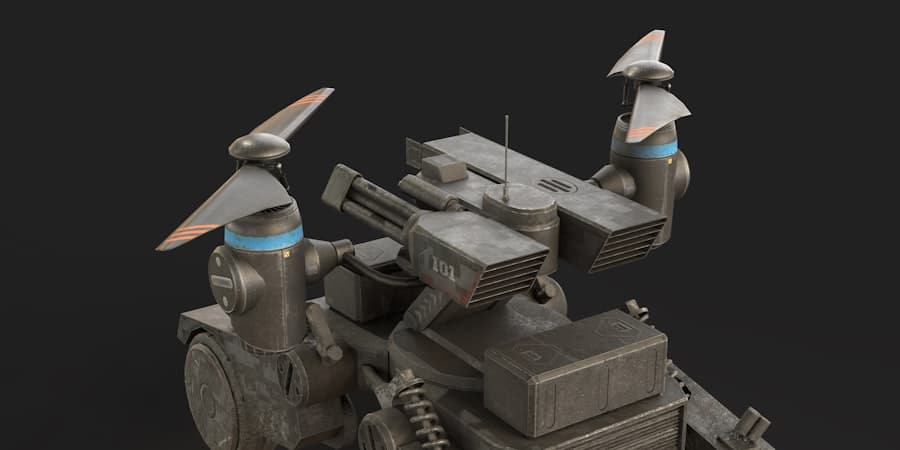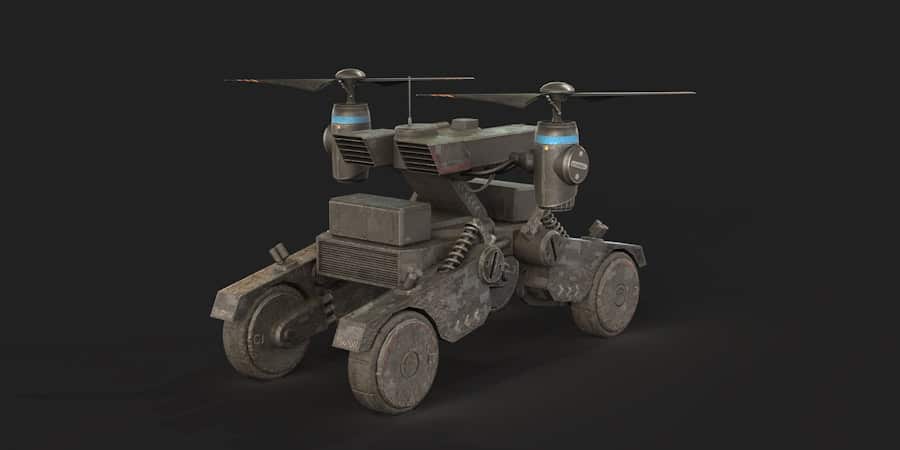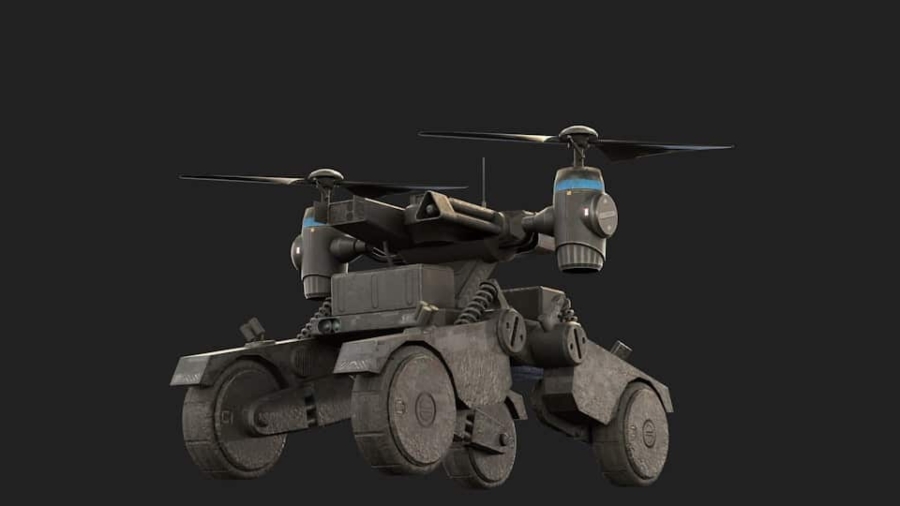In recent years, the proliferation of drone technology has transformed various sectors, with urban surveillance emerging as a prominent application. The rise of drone surveillance in urban areas can be attributed to several factors, including advancements in technology, the increasing need for security, and the growing concerns over public safety. Drones, equipped with high-resolution cameras and sophisticated sensors, have become invaluable tools for law enforcement agencies and private security firms.
Their ability to cover large areas quickly and efficiently has made them an attractive option for monitoring urban environments, where traditional surveillance methods may fall short. The integration of drones into urban surveillance systems has been facilitated by the decreasing costs of drone technology and the increasing availability of skilled operators. As cities expand and populations grow, the demand for effective surveillance solutions has intensified.
Drones offer a unique advantage by providing real-time aerial views of urban landscapes, enabling authorities to monitor events, track criminal activities, and respond to emergencies more effectively. This shift towards aerial surveillance marks a significant evolution in how cities approach security and public safety, reflecting a broader trend towards the adoption of innovative technologies in urban management.
Key Takeaways
- Drone surveillance in urban areas is on the rise, with increasing use for security and emergency response.
- Drones are being used for urban security through monitoring and patrolling high-risk areas, as well as crowd control and event security.
- Drone surveillance has a significant impact on crime prevention by providing real-time monitoring and rapid response to criminal activities.
- Privacy concerns and ethical considerations arise with the use of drone surveillance, as it can infringe on individuals’ privacy and civil liberties.
- Drones play a crucial role in emergency response and disaster management by providing aerial views for search and rescue operations and assessing damage in affected areas.
How Drones are Being Used for Urban Security
Drones are being deployed in various capacities to enhance urban security, ranging from routine patrols to specialized operations during major events. Law enforcement agencies utilize drones for monitoring large gatherings, such as concerts or sporting events, where crowd control is essential. By providing aerial perspectives, drones help officers assess crowd dynamics and identify potential disturbances before they escalate.
This proactive approach not only enhances public safety but also allows for a more efficient allocation of resources during high-traffic events. In addition to event monitoring, drones are increasingly used for crime scene investigations. When a crime occurs, drones can quickly capture aerial footage of the scene, providing investigators with valuable insights that ground-level photography may miss.
This capability is particularly useful in urban environments where space is limited and traditional investigative methods may be hindered by traffic or other obstacles. Furthermore, drones can assist in tracking suspects or stolen vehicles, offering real-time updates to law enforcement as they pursue leads. The versatility of drones in these scenarios underscores their growing importance in modern urban security strategies.
The Impact of Drone Surveillance on Crime Prevention

The implementation of drone surveillance has shown promising results in crime prevention efforts across various urban settings. By providing a visible aerial presence, drones can act as a deterrent to criminal activity. Studies have indicated that areas with active drone surveillance experience a reduction in incidents such as vandalism, theft, and drug-related offenses.
The mere knowledge that drones are monitoring an area can discourage potential offenders from engaging in illicit activities, thereby contributing to overall community safety. Moreover, the data collected by drones can be analyzed to identify crime patterns and hotspots within urban areas. Law enforcement agencies can leverage this information to allocate resources more effectively and implement targeted interventions in high-crime neighborhoods.
For instance, if drone surveillance reveals a spike in criminal activity during specific times or events, police can increase patrols or deploy additional resources to those areas. This data-driven approach not only enhances the efficiency of law enforcement but also fosters a more proactive stance towards crime prevention.
Privacy Concerns and Ethical Considerations of Drone Surveillance
Despite the benefits associated with drone surveillance, significant privacy concerns and ethical considerations have emerged. The ability of drones to capture high-resolution images and videos raises questions about individual privacy rights. Citizens may feel uncomfortable knowing that they are being monitored from above, leading to potential infringements on their civil liberties.
The lack of clear regulations governing drone usage in urban areas further complicates these issues, as there is often ambiguity regarding what constitutes acceptable surveillance practices. Ethical considerations also extend to the potential misuse of drone technology. There are fears that drones could be employed for purposes beyond public safety, such as unwarranted surveillance of political protests or monitoring individuals without just cause.
The balance between ensuring public safety and respecting individual privacy rights is a delicate one that requires careful consideration by policymakers and law enforcement agencies alike. Establishing clear guidelines and regulations surrounding drone usage is essential to address these concerns while still harnessing the benefits of this technology.
The Role of Drones in Emergency Response and Disaster Management
Drones have proven to be invaluable assets in emergency response and disaster management scenarios within urban environments. Their ability to quickly assess situations from an aerial perspective allows first responders to make informed decisions during crises such as natural disasters, fires, or terrorist attacks. For instance, during hurricanes or floods, drones can provide real-time imagery of affected areas, helping emergency services identify safe routes for evacuation and locate individuals in need of assistance.
In addition to situational awareness, drones can also be equipped with specialized payloads for delivering medical supplies or conducting search-and-rescue operations. In instances where traditional transportation methods may be hindered by debris or hazardous conditions, drones can navigate these obstacles to deliver essential resources swiftly. This capability has been particularly beneficial in remote or densely populated urban areas where access may be limited.
The integration of drones into emergency response protocols not only enhances operational efficiency but also significantly improves outcomes for affected communities.
Advancements in Drone Technology for Urban Security

The rapid advancements in drone technology have further enhanced their capabilities for urban security applications. Innovations such as improved battery life, enhanced imaging systems, and advanced artificial intelligence algorithms have expanded the potential uses of drones in surveillance and monitoring. For example, modern drones can now operate autonomously using GPS and computer vision technologies, allowing them to navigate complex urban environments without direct human control.
This autonomy enables continuous monitoring over extended periods without the need for constant operator intervention. Additionally, the integration of machine learning algorithms allows drones to analyze data in real-time, identifying patterns or anomalies that may indicate criminal activity or security threats. These advancements not only improve the effectiveness of drone surveillance but also reduce the burden on human operators who would otherwise need to sift through vast amounts of data manually.
As technology continues to evolve, the capabilities of drones will likely expand even further, making them indispensable tools for urban security.
Challenges and Limitations of Drone Surveillance in Urban Environments
Despite their many advantages, drone surveillance faces several challenges and limitations within urban environments. One significant issue is regulatory compliance; many cities lack comprehensive regulations governing drone operations, leading to confusion among operators regarding legal boundaries. This regulatory uncertainty can hinder the effective deployment of drones for surveillance purposes and may result in conflicts with privacy laws or airspace restrictions.
Another challenge is the technical limitations posed by urban landscapes themselves. Drones often struggle with signal interference caused by tall buildings or dense infrastructure, which can affect their ability to maintain stable communication with operators or GPS systems. Additionally, adverse weather conditions such as rain or strong winds can impede drone operations, limiting their effectiveness during critical situations when they are most needed.
Addressing these challenges requires ongoing collaboration between technology developers, regulatory bodies, and law enforcement agencies to create a framework that maximizes the benefits of drone surveillance while mitigating potential drawbacks.
The Future of Drone Surveillance in Urban Security
Looking ahead, the future of drone surveillance in urban security appears promising yet complex. As cities continue to grow and evolve, the demand for innovative security solutions will likely increase. Drones will play an integral role in shaping how urban areas approach safety and surveillance challenges.
However, the future also necessitates a careful examination of ethical considerations surrounding privacy and civil liberties. Policymakers must work diligently to establish clear regulations that govern drone usage while ensuring that citizens’ rights are protected.
Public engagement will be crucial in shaping these policies; communities must have a voice in how surveillance technologies are implemented within their neighborhoods. As we move forward into an era where drone surveillance becomes increasingly commonplace in urban settings, it is essential to strike a balance between leveraging technological advancements for public safety while safeguarding individual rights and freedoms. The evolution of drone technology will undoubtedly continue to influence urban security strategies, but it must do so within a framework that prioritizes ethical considerations alongside operational effectiveness.
In the rapidly evolving landscape of urban security, drone surveillance is playing an increasingly pivotal role. As cities strive to enhance safety and efficiency, the integration of advanced technologies becomes essential. A related article that delves into the broader spectrum of technological advancements is The Best Tech Products 2023. This article explores the latest innovations that are shaping various industries, including security, and provides insights into how these cutting-edge products are transforming urban environments. By understanding the interplay between drone surveillance and other technological advancements, we can better appreciate the comprehensive approach needed to address modern urban security challenges.
FAQs
What is drone surveillance?
Drone surveillance refers to the use of unmanned aerial vehicles (UAVs) equipped with cameras and other sensors to monitor and gather information about a specific area or location.
How is drone surveillance shaping urban security?
Drone surveillance is shaping urban security by providing authorities with a new tool to monitor and respond to potential security threats in urban areas. Drones can be used for monitoring large crowds, traffic, public events, and critical infrastructure, as well as for search and rescue operations.
What are the benefits of using drones for urban security?
Using drones for urban security offers several benefits, including the ability to gather real-time intelligence, monitor hard-to-reach areas, and respond quickly to security incidents. Drones can also reduce the need for human patrols in certain situations, saving time and resources.
What are the concerns surrounding drone surveillance in urban areas?
Some concerns surrounding drone surveillance in urban areas include privacy issues, potential misuse of the technology, and the need for clear regulations and guidelines to ensure responsible and ethical use of drones for security purposes.
How are cities addressing the use of drones for urban security?
Cities are addressing the use of drones for urban security by implementing regulations and guidelines for their use, as well as exploring the development of technologies to detect and mitigate potential threats posed by drones. Additionally, cities are engaging with the public to address concerns and ensure transparency in the use of drone surveillance.

